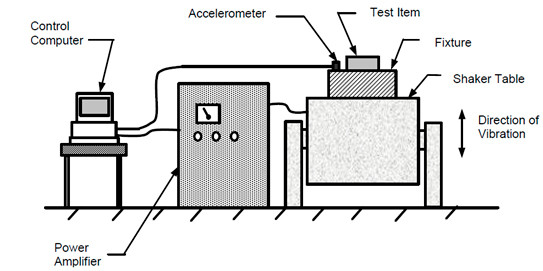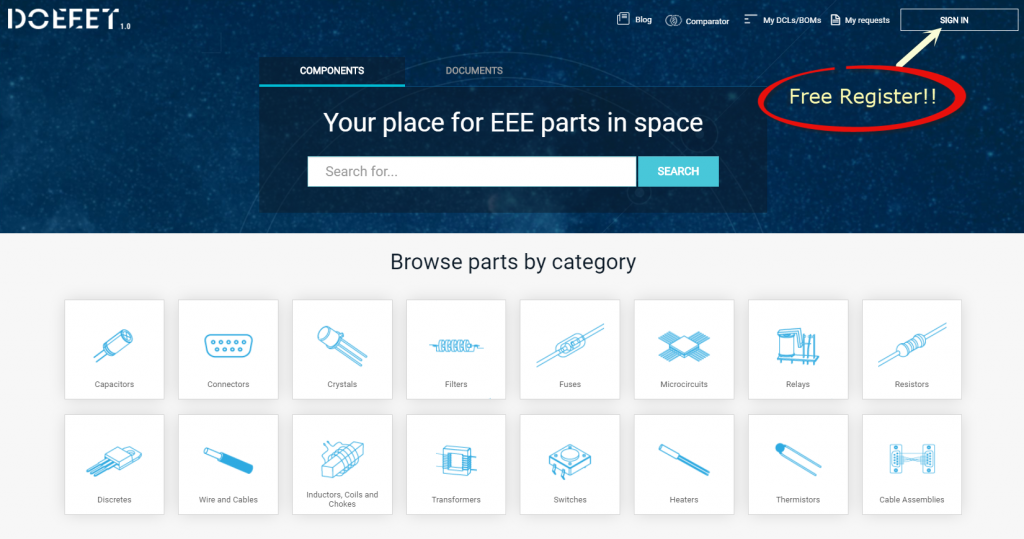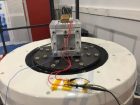The purpose of mechanical shock testing is to evaluate the reliability of devices subjected to severe shocks which might result from suddenly applied forces or abrupt changes in motion produced by rough handling, transportation, or field operation.
The generated waveform is a half-sine pulse, with distortion less than ±20% of the peak acceleration. The device is subjected to 5 shock pulses along each axis both in a positive and negative direction (30 pulses in total). The pulse peak (g) level and duration are specified in the test conditions of the applicable standards. The default test condition for integrated circuits is test condition B (peak level of 1500 g and pulse duration of 0.5 ms). The pulse duration is measured between the points at 10% of the peak acceleration during a rising time and 10% of the peak acceleration during decay time. To compensate the half-sine pulse, so that the ending displacement and velocity is zero, compensation pulses can be added before or after the main pulse, generating an optimized waveform.
The applicable standards are:
- MIL-STD-883 Method 2002 for integrated circuits.
- MIL-STD-750 Method 2016 for semiconductor devices.
The mechanical shock testing system consists of an electrodynamic vibrator with a power amplifier, an accelerometer, a shaker table, a fixture tray, etc. (see the test setup in the figure below).

The device under test is rigidly fastened to the vibration platform, with the leads or cables secured so that they do not interfere with the applied motion. If the device is that with an internal cavity containing parts it is recommended to additionally perform a radiographic inspection once the test is finished.
As a rule, an external visual inspection is performed after all vibration tests in order to detect the effect of the vibration applied to the device. The marking is examined either without magnification or with magnification not exceeding 3X. The case, leads, or seals are inspected at a magnification between 10X and 20X. This inspection and any additional specified measurements and examinations are made after completion of the final cycle or upon completion of a group, sequence, or subgroup of tests which include the mechanical shock.
Failure of any specified measurements or examination, evidence of defects, damage to the case, leads, seals, or illegible markings are considered a failure.
Contact us for more information
- Quantum Key Distribution - 7th November 2022
- Conducted Immunity - 20th May 2019
- Electrical transients Test - 2nd May 2019



